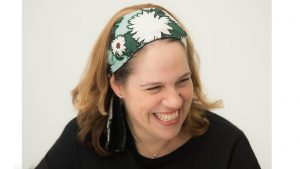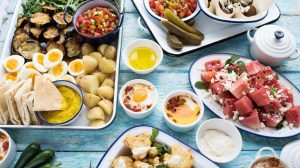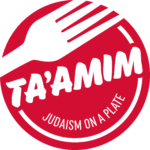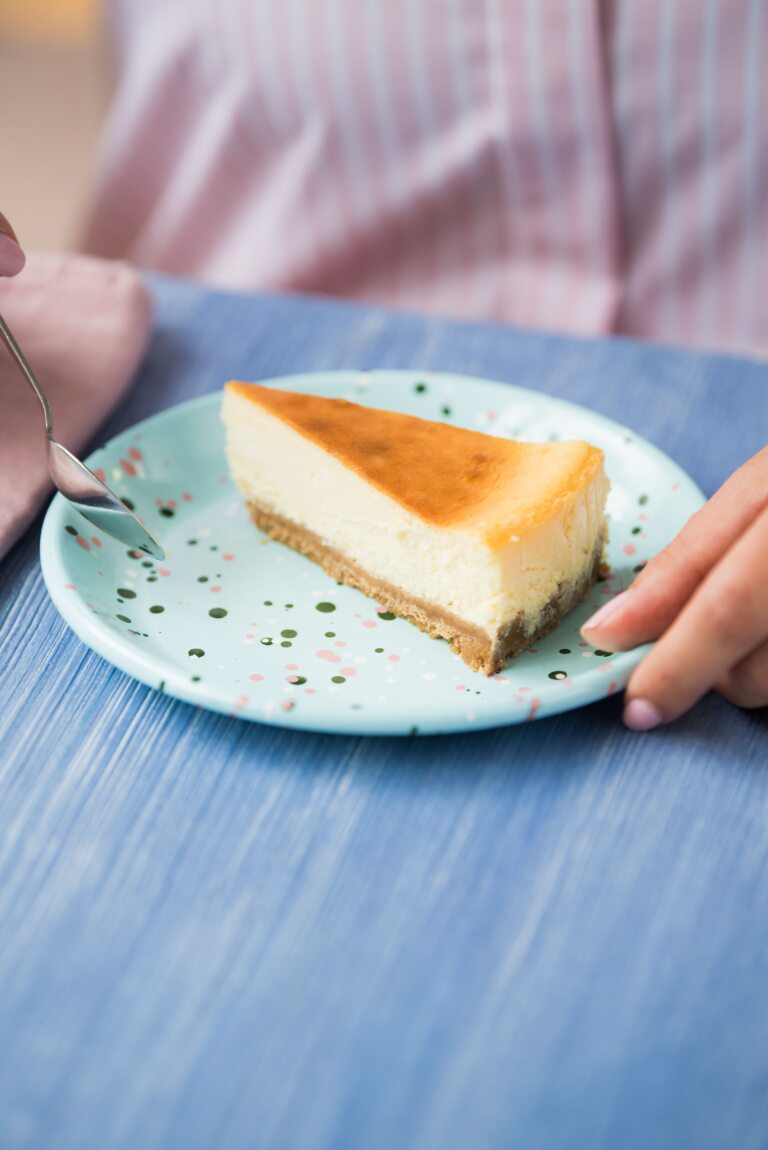The creamy cheesecakes and gooey blintzes we tuck into for Shavuot may seem a contrast to our usual meat-based festival menus. In fact, those dairy-based treats are not as much of an anomaly as we now find them.
According to Jewish educator and Rebbetzen of Cockfosters and North Southgate United Synagogue, Ilana Epstein, our Ashkenazi ancestors are likely to have eaten more of a dairy-based diet generally.
“One of the things we get wrong is that we think about Ashkenazi food being heavily meaty. That’s not true. Eastern European Jews living in the shtetl had no money — they couldn’t afford meat.
“Brisket would have been eaten on Rosh Hashanah or Pesach as a festive treat” she adds.
“The food we think of as the Ashkenazi menu is celebratory and probably out of reach for many of the people living in the shtetls.”
A more usual Shabbat lunch, she says, would have been lokshen pudding — made with cheese; or a cholent made from just the meat bones or goose fat, bulked up with beans and vegetables.
Epstein spent her childhood in the US. She and her parents moved here when she was 18 but her accent is broad American, which magnifies her passion for the subject.
She has been living in the UK since her husband, Rabbi Daniel Epstein, took up his post at the north London shul five years ago. Prior to that, they and their four children had spent 16 years in Israel.
As well as a love of food, Epstein has a keen interest in history and a year ago founded Ta’am, a charitable organisation that aims to teach people about Judaism through food.
Her view is that no matter how observant we are, for many of us food is a major point of connection for to our Judaism.
“It’s the first thing people embrace with their faith — you’ll eat Friday night dinner or festival foods.If they leave Judaism behind, some people still identify with traditional foods like bagels, herring or chopped liver. The food speaks to you on a certain level because you’re Jewish.”

Since she arrived here, Epstein has been working hard to educate her community members and other groups at forums like JW3, Limmud and beyond. She quickly came to realise that food worked as a medium, so she approached Rabbi Naftali Schiff at the Jewish Futures Trust (the umbrella organisation for a number of Jewish educational groups such as Aish UK and GIFT) to set up a formal organisation for her work, and Ta’am (Judaism on a Plate) was born. It’s a charity that she fronts, using her kitchen skills to engage her audiences.
“I recently went to visit some Jewish students at Bristol University. We had a babka bake together and I talked about how important yeasted cakes were to Ashkenazi Jews in order to make a Shabbat breakfast. There were no hot breakfasts or packaged cereals then and no refrigeration, so they couldn’t get milk, so their options were limited. They would make extra challah dough and add fillings to make these special yeasted breads.”
It helps, therefore, that she’s also a trained pastry chef. While in Israel — once her children were all in full-time education — she was able to fulfil her dream of training to become a pastry chef. “I’d always wanted to do it, but there was nowhere kosher. Then a French pastry chef, who’d worked at the world famous patisserie, Ladurée in Paris before making aliyah, opened a cookery school — Ness Kitchens — in Jerusalem’s Talpiot neighbourhood. I did a one year diploma, in 2012, which was a wonderful experience.”
She finds that explaining these foodie traditions makes it easier for her audiences to relate to their past. “If we talk about the history of Eastern European Jews it tends to be the horror, but the minute you start discussing the food they ate, the students can put themselves in those spaces. The more people know about this, the more we can share.”
She says that, like many Jewish festivals, Shavuot is tied into the seasons. Dairy foods would have run out over the winter, as even foods like milk would then have had a season. “Cows stop producing milk as their calves grow up and the milk supply doesn’t return naturally until new calves are born in the Spring. So Shavuot was a real celebration of the return of dairy foods, both in biblical times and in the 19th century.”
She explains the cheesecake that would have been eaten was not the heavy New York-style cheesecake on a biscuit base we all think of as Jewish style. “They would have eaten a lighter cake made from curd cheese baked on a pastry base.”

She has a special fondness for the foods of the dairy festival. “My first recipe ever was a cheesecake — my other recipes are good, but nothing like that cheesecake. My family wait all year for it! I use a solid block of the best quality cream cheese and bake the cake very gently in a bain marie so it’s soft, smooth and creamy. I flavour it with vanilla and some lemon rind. And I use Graham Crackers if I can find them — digestives are just not the same!”


